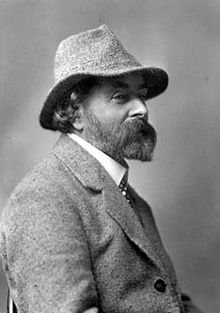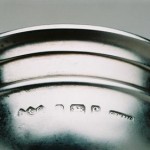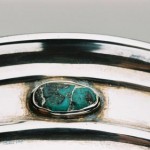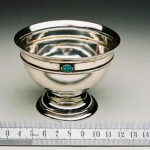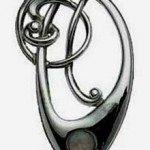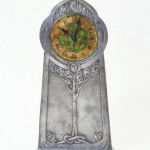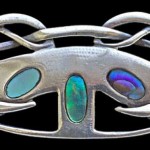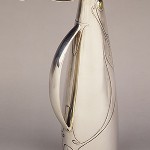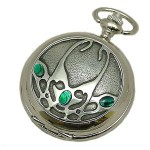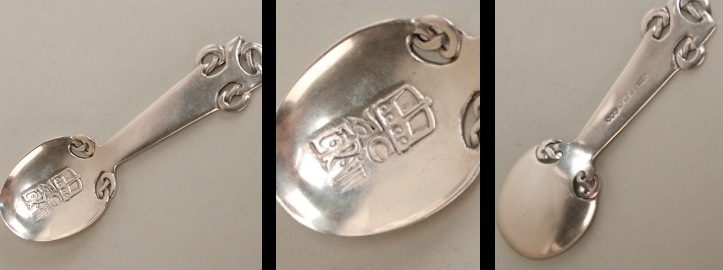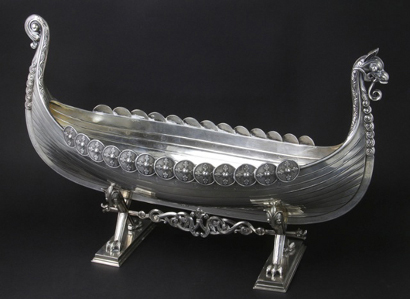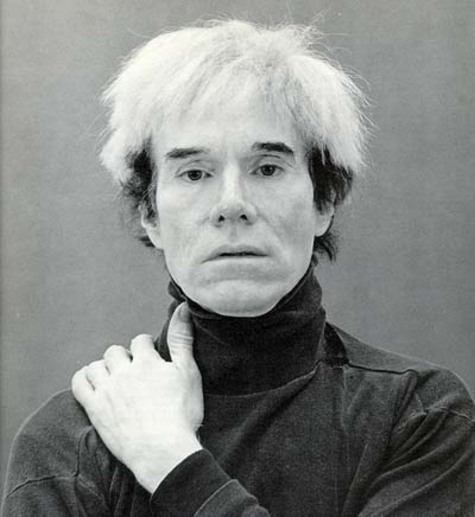- Liberty cymric bowlReference: S1101 Period: Victorian Year: 1900 Silversmith: Liberty and Co. Place: London Price: R 5 450.00 Weight: 65 grams Condition: Good – imperfection to one stoneDescription: Small Liberty cymric bowl set with turquoises, probably designed by Archibald Knox. Knox was renowned for his use of semi precious stones with silver.
Archibald Knox was a gifted artist and craftsman, most famous for his work with the Liberty Arts and Crafts furniture company. The creative force behind their famous Cymric and Tudric Celtic Revival ware (for which he received no recognition in his lifetime) he was responsible for many of the Art Nouveau designs gracing antique desks and cabinets today.
He was born at Cronkbourne, on the Isle of Man, the son of William Knox, a successful Scottish engineer. He studied at the Douglas School of Art, and then began teaching the subject, receiving his Art Master’s Certificate in 1889.
A spiritual, solitary man, Knox had a profound understanding of the Manx landscape. He was greatly influenced by the intertwined designs on the island’s Celtic stone crosses, and the Celtic Knot became Knox’s trademark, featuring on everything from carpets to jewellery.
He was also fascinated by Celtic illuminated manuscripts like the Book of Kells, interpreting the interwoven vines and stylised animals, leaves and birds into modified forms that would later become trademarks of the English Art Nouveau movement.
The architect M.H. Baillie Scott, persuaded him to move to the English mainland. He worked at Liberty of London, creating silverware, pewterware and jewellery including his famous Tudric and Cymric pieces. He also designed ceramics, garden ornaments, carpets and textiles; his fabric designs appearing on antique dining chairs of the period. He ended his contract with Liberty in 1912, spending a year in America before returning to the Isle of Man, where he lived as an artist recluse until his death.
Today, Knox’s inkwells, decanters and silverware make perfect accessories for the antique cabinets and desks of the Art Nouveau period.
In 1897 Knox left the island to begin teaching at the Redhill School of Art in London as well as produce designs for the Silver Studio. According to the Archibald Knox Society, around 1899/1900 the Silver Studio sold Knox’s “Cymric” and “Tudric” metalwork designs to Liberty & Co. where they were produced under Liberty’s name. In 1900 Knox returned to the Isle of Man but the connections he’d forged at Liberty & Co. allowed him to produce over 400 designs for the company (seventeen years later the Liberty family commissioned him to design a gravestone for company founder Arthur L. Liberty). He returned to London to teach between 1904 until 1912, when a conflict with school administrators caused him to resign and dump a group of his original drawings in the trash. Knox left the school and traveled to America in search of new opportunities. His devoted students also resigned the school, fished his drawings out of the trash, and founded the Knox Guild of Design and Craft, which remained in operation until 1937.
In 1913 Knox returned to the Isle of Man where he remained working and teaching for the rest of his life.

